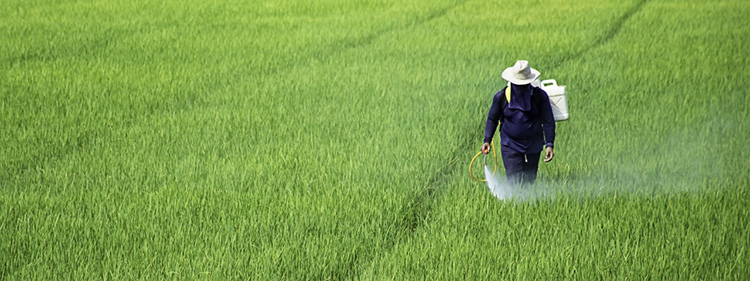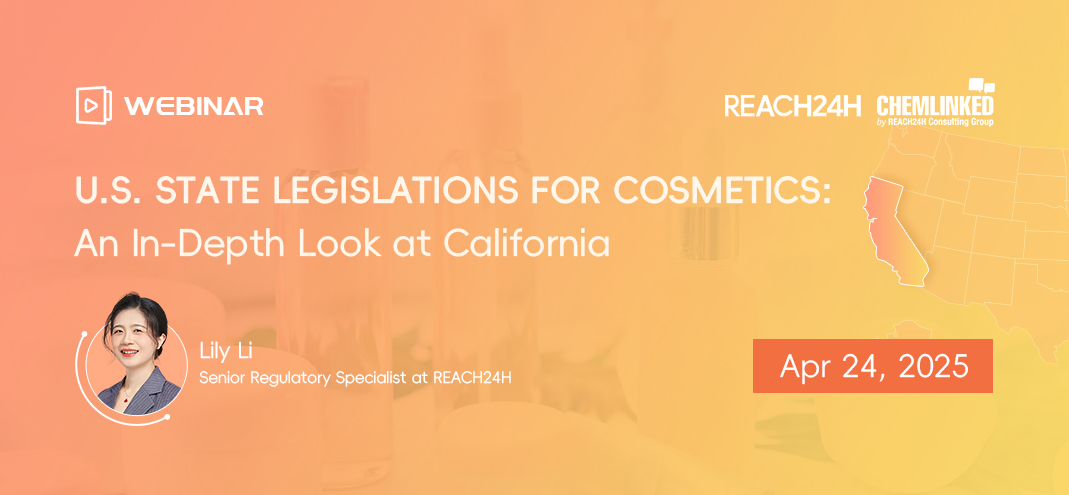Technical Equivalence Assessment Under EU PPP Regulation: 5 FAQs on Technical Specifications
The most convenient way for pesticide technical materials to enter the European market is to apply for Technical Equivalence (TE) Assessments.
Based on the experience in assisting companies with TE applications, REACH24H summarizes some frequently asked questions on technical specifications in the application of EU Technical Equivalence Assessment (TE) under EU plant protection products regulations (EU PPP).

🆀: How to get the specifications for European Union reference sources in TE Assessments?
The TE assesses whether the technical materials of companies are equivalent to the reference source of the EU. Therefore, before applying for the TE assessment, it is necessary to have a comprehensive understanding of the specifications of the reference sources.
The COMMISSION IMPLEMENTING REGULATION (EU) No 540/2011 (No. 540/2011) is a dynamically updated list of EU-approved active substances, renewed every 1-2 months. You can check the specifications of the reference source of active substances you are interested in through the official website.
What calls for special attention is that only the limits of active substances and relevant impurities are disclosed in the No. 540/2011 list, while the specifications of other significant impurities are confidential information only accessible to officials and will not be disclosed to the industry.
Take Fluroxypyr as an example, you can find its EU reference source active substance specifications, the specifications of relevant impurities, the authorized expiration date, etc. in the No. 540/2011 list.
However, the description of specifications in No. 540/2011 is generally brief, and further detailed specifications can be found in the official evaluation report, etc. For example, some technical materials are composed of different isomers, while the specific configuration of the isomers, the composition of the isomers, the requirements for limit values, etc., are generally not included in the No. 540/2011 list.
🆃 REACH24H tips:
REACH24H recommends that companies should make a detailed research on the specifications of the EU reference source before applying for TE, and evaluate whether your products meet the specifications of the reference source (public part), or the TE application might be rejected.
🆀: How does the EU set the specifications of new sources in TE Assessments?
One situation we often encounter is that the company is unwilling to accept the official revision on specifications during the TE assessment, mostly because the specifications after revision are too strict, which cannot be realized in actual production.
To avoid the situation, the first thing is to understand how the EU sets the specifications for new sources.
The main requirements for setting the specifications of chemical pesticide technical materials in EU regulations are as follows:
- Perform statistical analysis on the results of the five batches, generally including the maximum value, minimum value, average value, standard deviation, etc. In practice, the average value with ± 3 standard deviations is generally used to determine specification limits for active substances and impurities.
- Applicants could provide additional data to support setting the specifications.
After the companies submit five batches of samples to the laboratory, and the laboratory gives the test results, the specifications of the technical materials are basically determined.
If the applicant does not agree with the specifications set by the above rules, the EU allows them to provide supplementary data. But if the supplementary data provided by the company differ significantly from the results of the five batches, the EU official may request to reschedule the five batches’ tests.
🆃 REACH24H tips:
From a practical point of view, it is risky to use supplemental data to support specification revisions.
REACH24H suggests that companies can consider the follow-up specification problems in advance when they carry out five batches reports, to avoid the unnecessary loss because of incompliance with the official requirements.
🆀: Can I set the specification of the relevant impurities of my technical materials the same as the reference source in TE Assessments?
Since 2016, the requirements of the EU for specifications are becoming more and more stringent. The official may accept consistent specifications of relevant impurities with the reference source a few years ago, but in recent years, the official feedback we have received basically requires that the specifications should be set according to the data of five batches, which is actually closer to the requirements of the regulations.
EU specifications are mainly set based on five batches. In actual operation, the limit of relevant impurities in the reference sources is the maximum value, and the actual specifications of the companies are determined by the specific statistical data of the relevant impurities in the five batches.
The more common situation is that the limit of relevant impurity A of the technical materials of the company is less than LOQ, or less than LOD. In practice, the official is likely to require the company to set the limit at the LOQ instead of keeping it consistent with the reference source.
🆀: Can I select batches with higher technical quality for five batches in order to pass the TE Assessments?
As analyzed above, the quality of the five batches of samples submitted by companies for testing actually determines the specifications of the technical materials. If you choose a batch with higher technical quality for five batches analysis, it should be considered whether the products actually produced can meet the technical requirements of the five batches report.
🆀: The substance is undergoing re-evaluation. To avoid specification changes after the renewal, do I need to wait until the renewal passes to apply for TE?
Due to the huge workload of plant protection products review, and the EU renewal cycle of substances has been extended, again and again, the renewal that is theoretically completed in 3 years may be delayed to 5 years or even nearly 10 years.
Considering the time cost of waiting, and the relatively low probability of specifications changing, we generally recommend companies to apply for TE directly. Companies are recommended to make the most favourable choice based on their own circumstances.
Reference Links
Current situation and trends of biopesticide regulations in EU
Process for the assessment of equivalence of active substances: Article 38 of Regulation (EU) 1107/2009
Contact Us
If you have any questions about EU plant protection products regulations (EU PPP), please feel free to contact us.
Tel: +86-571-87006630
Email: customer@reach24h.com


